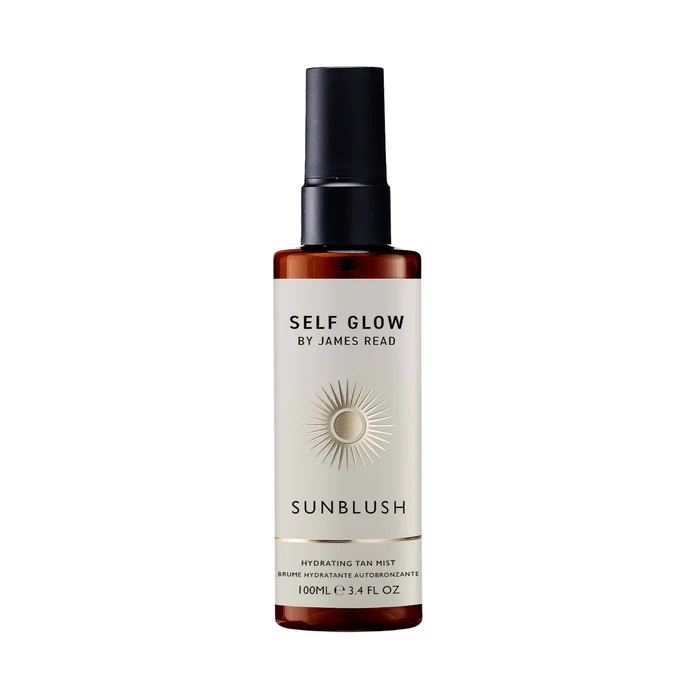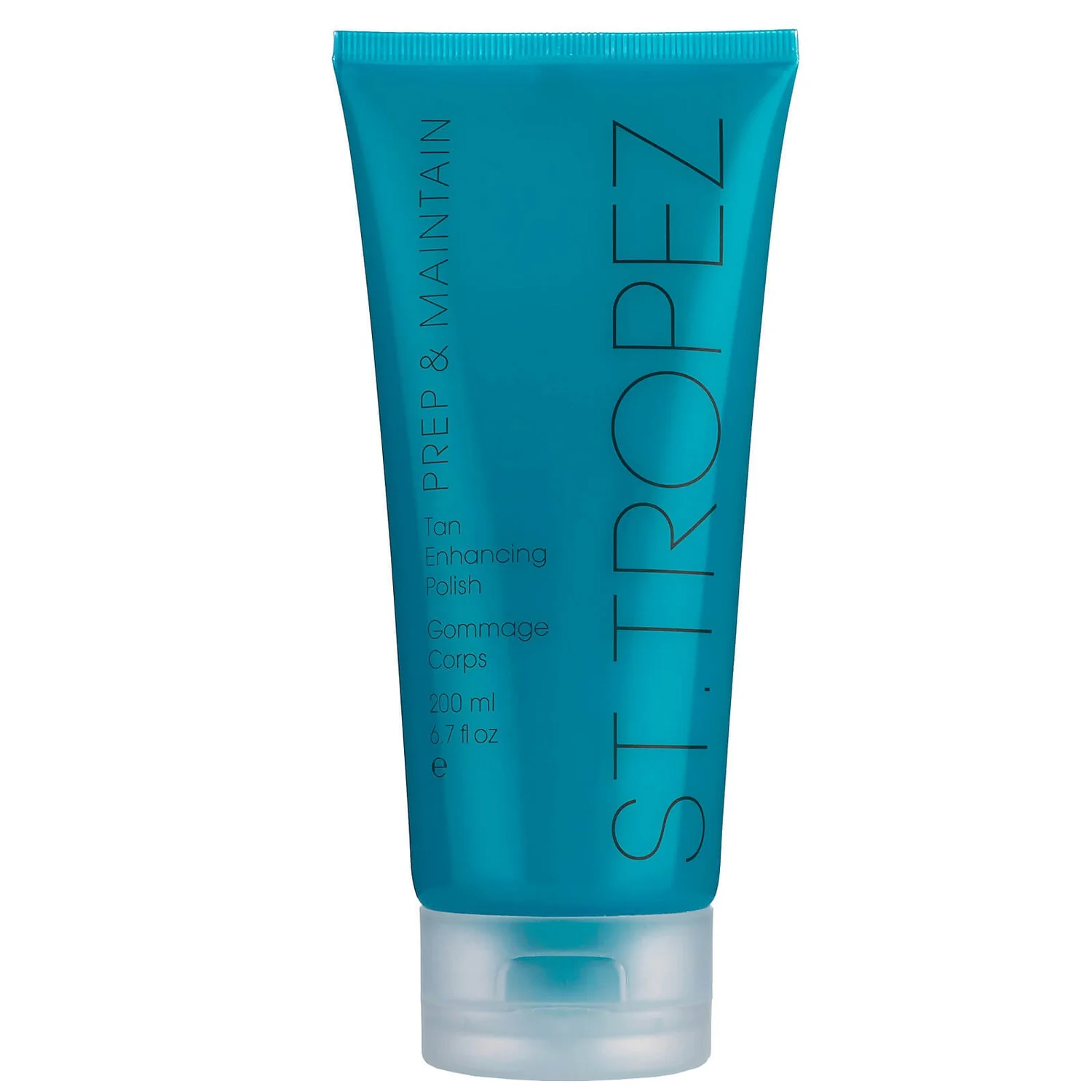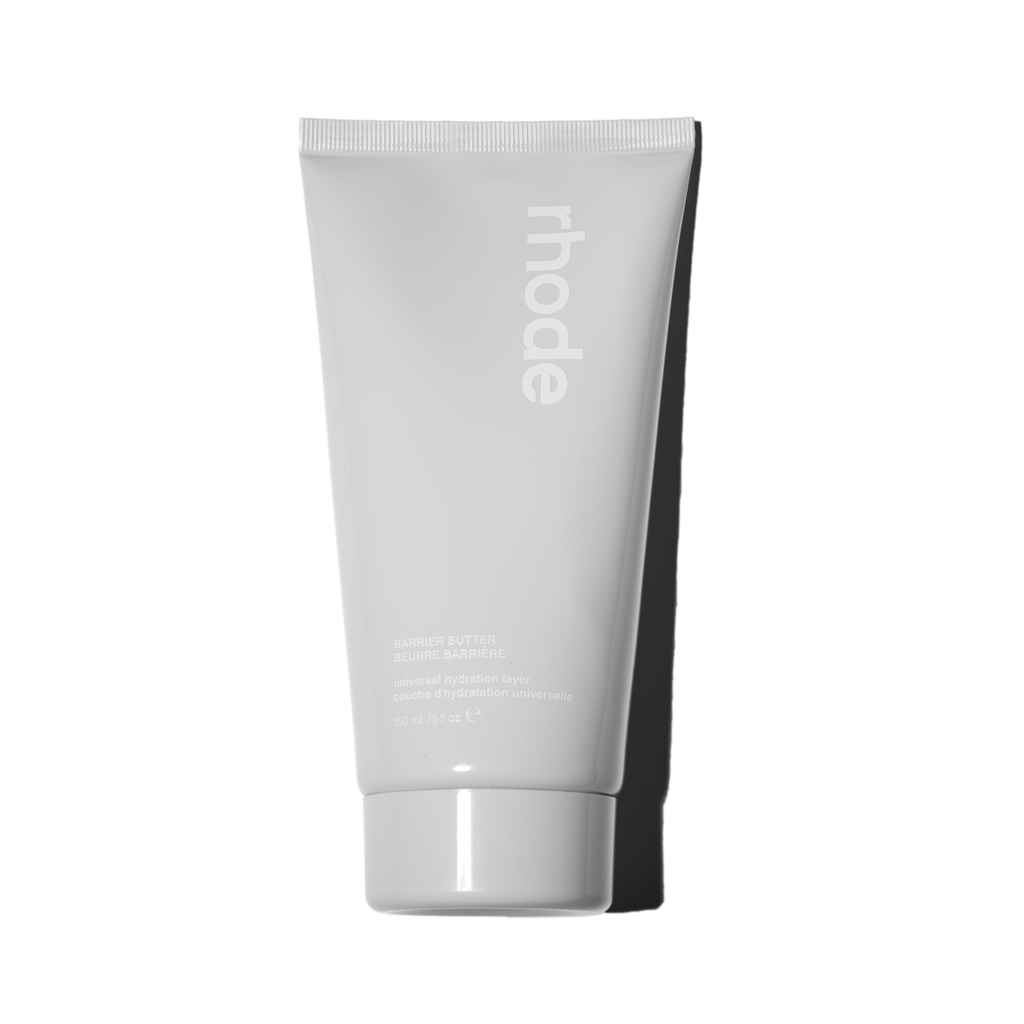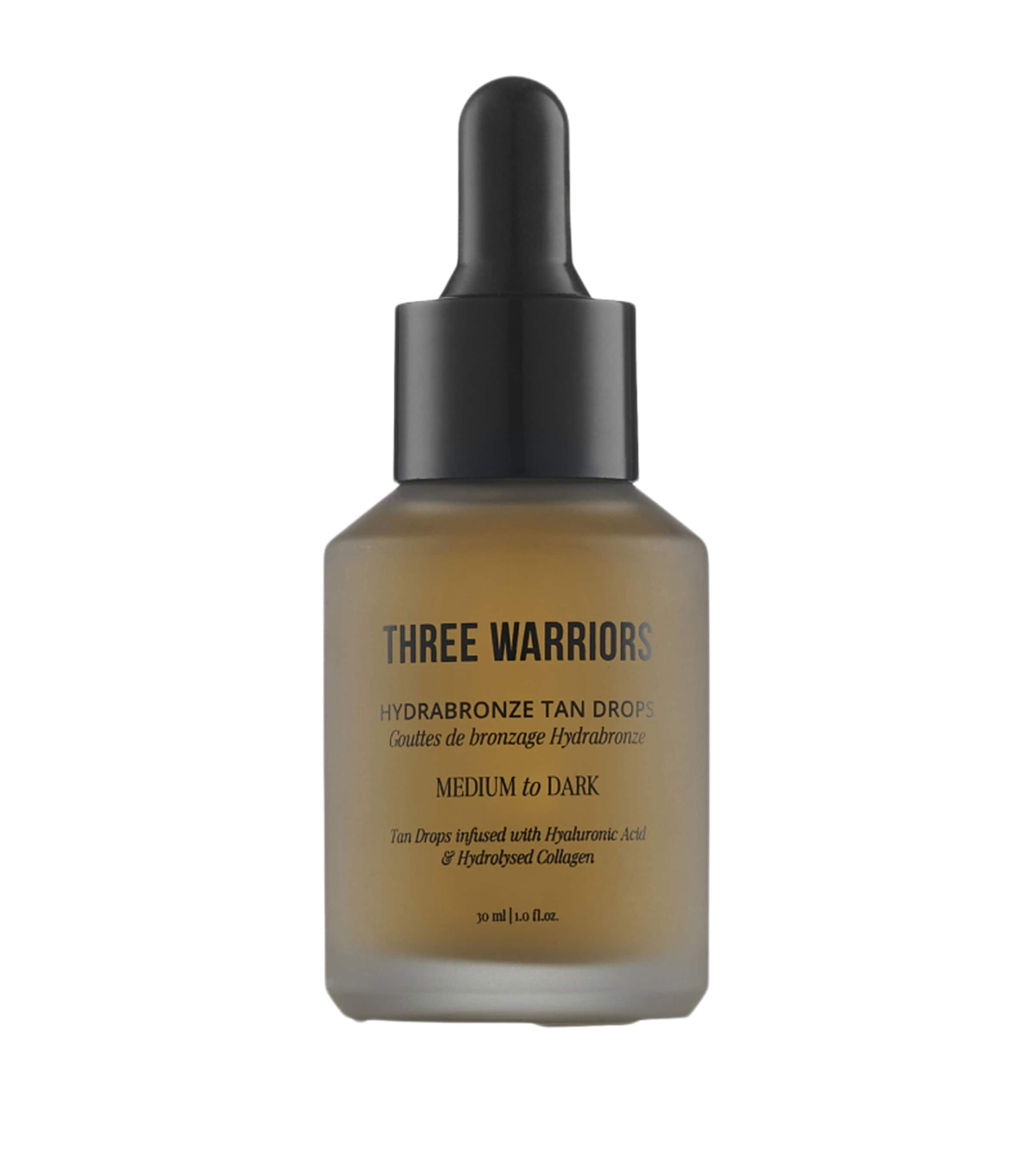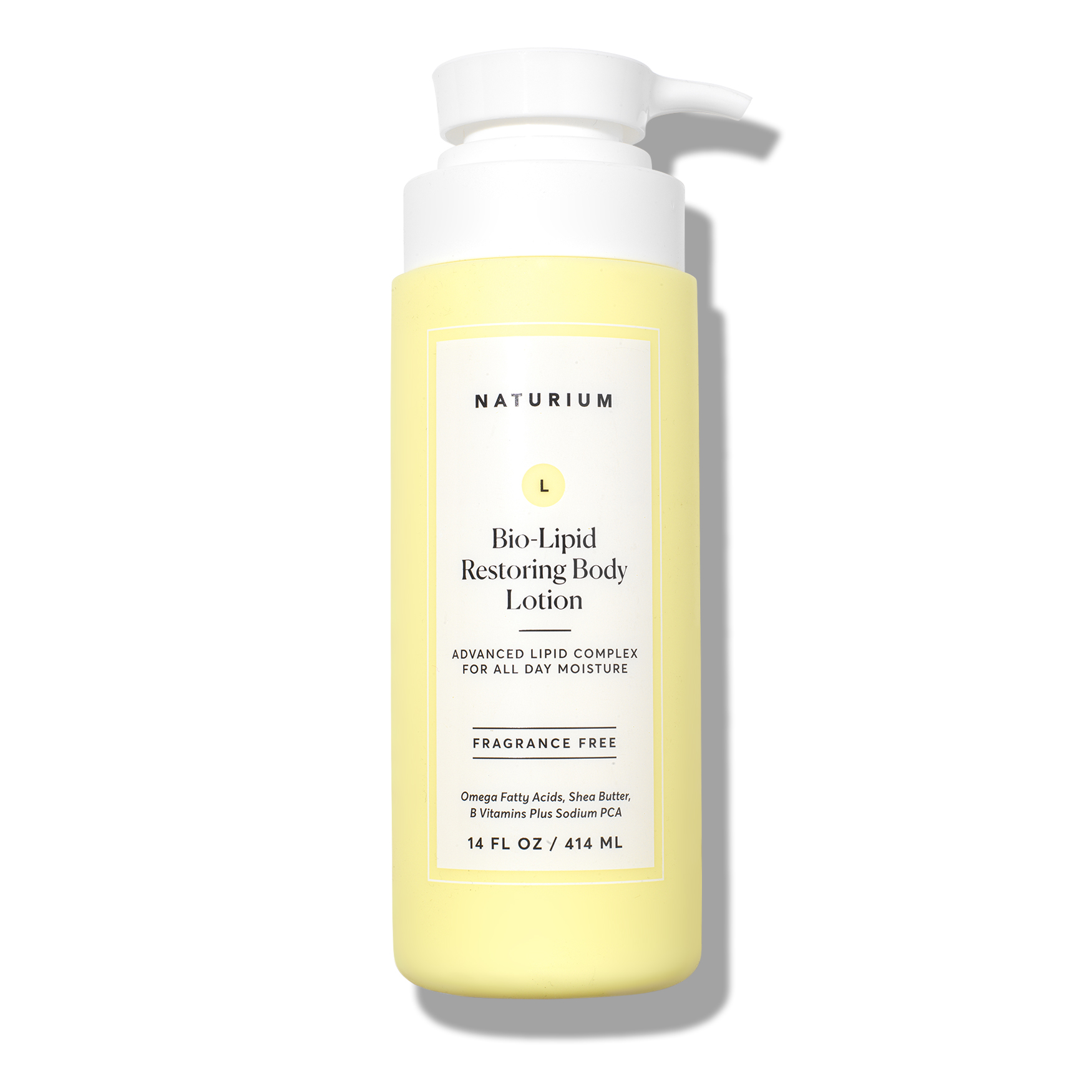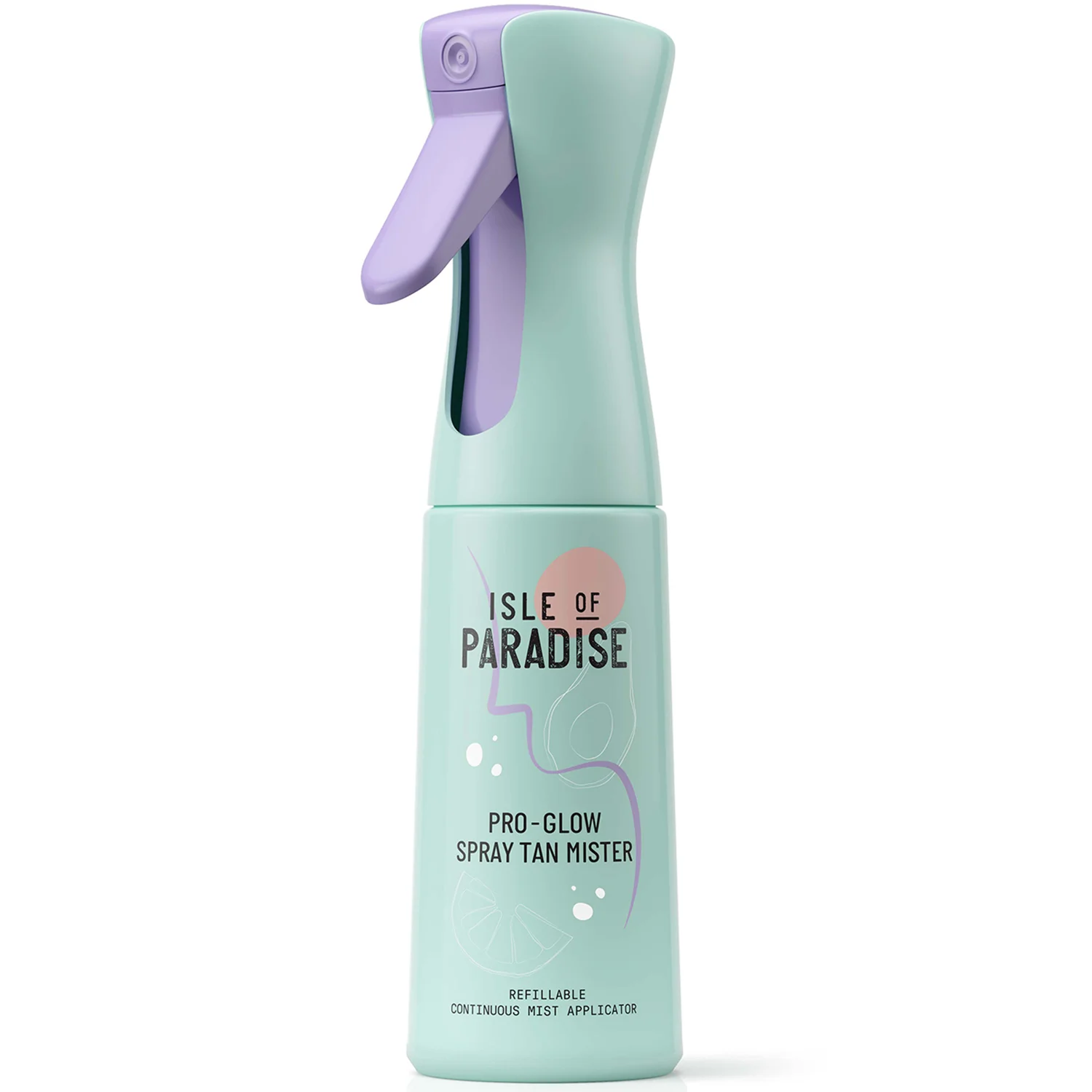I’m a Beauty Director Who Just Got Her First-Ever Spray Tan—This Is What All First-Timers Should Know
After 12 years of working in the beauty industry, I finally bit the bullet and got a spray tan. Here’s what I think everyone should know.

Mica Ricketts
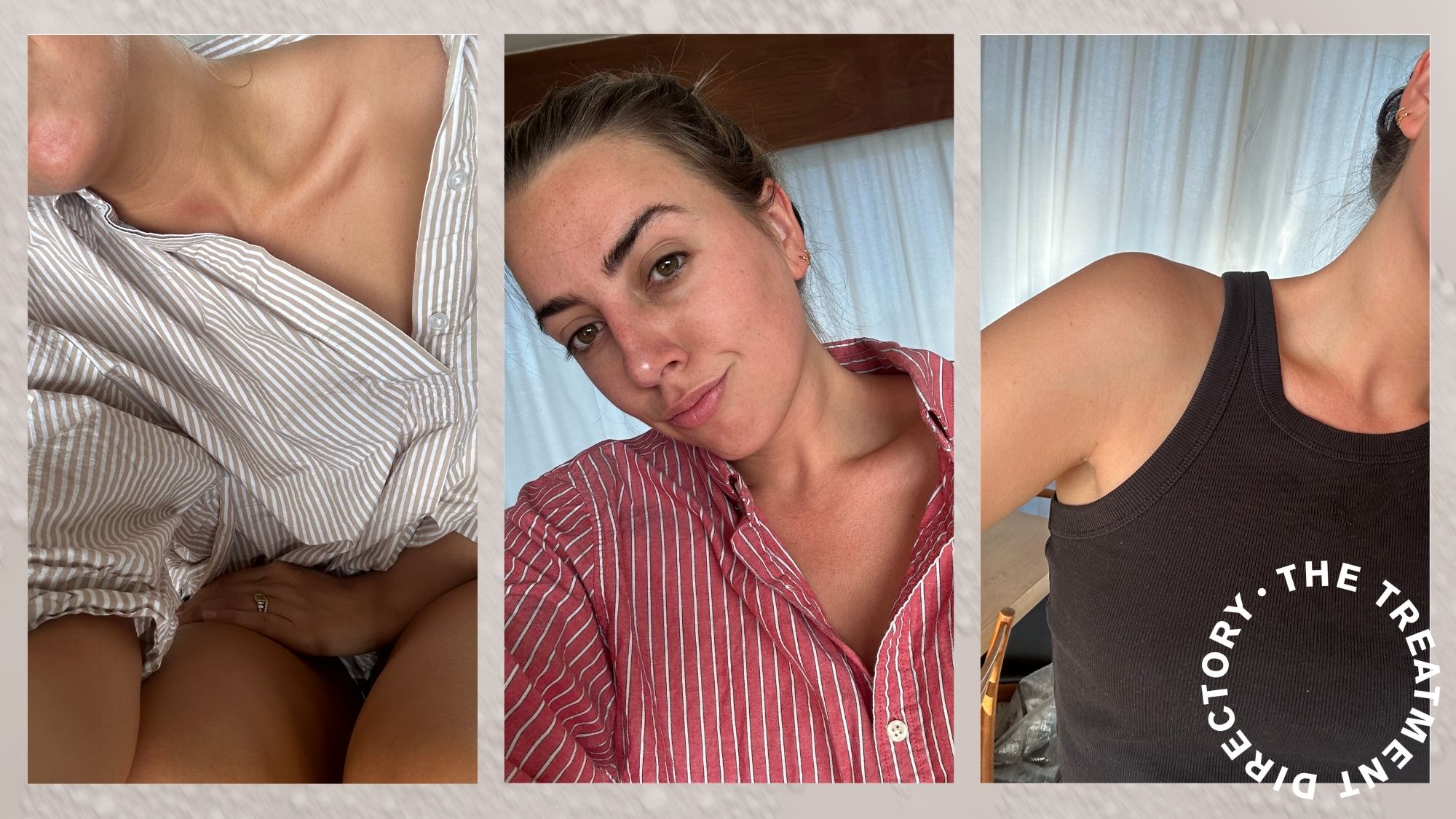
- What Is a Spray Tan?
- What to Do Before a Spray Tan
- How Does a Spray Tan Work?
- Does Your Face Get Sprayed During a Spray Tan?
- Do You Wear Anything During a Spray Tan?
- How Long Does a Spray Tan Last?
- What to Do After a Spray Tan
- What Are the Negatives of a Spray Tan?
- The Best Products for Pre and Post-Spray Tan
I know what you’re thinking, and you’re right. Why should you take tanning advice from a beauty director who, up until just a couple of weeks ago, had never even experienced a spray tan for herself? Well, because I had gone my entire 31 years of life without a spray tan, I have become somewhat of a DIY fake-tan connoisseur over the years.
Trust me: I know a convincing faux glow when I see one. I slather tanning drops over my face every single day and often reach for gradual tanning lotions to maintain my preferred level of bronze. But recently, whilst on holiday, I watched my friend lower herself into the pool. She looked next-level tanned, and I was jealous. My religious application of sunscreen means I could only dream of looking so naturally bronzed. "Have you been on the sunbeds?" I asked her in judgmental disgust. She scoffed. "Hell no. I always get a pre-holiday spray tan," she replied. And in that moment, I knew what I needed to do.
You see, whilst I’m all for empowerment, loving the skin you’re in and all of the other marketing tropes forced down my throat as a woman, the truth is, the reason I've never had a spray tan is because I don't want to stand naked in front of a stranger whilst they spray every inch of my body with a cold liquid. My friends and peers have been having spray tans for decades (intensity levels have, I’m pleased to report, softened over the years), and I have long been envious of the frivolity with which their appointments are thrown around in conversation. But I simply hadn't been able to get my friend's golden holiday glow out of my head. And so, on my arrival home, I bit the bullet.
I sent an email to James Read, faux-tan extraordinaire, celebrity spray tanner and founder of Self Glow by James Read, and asked if he might want to be my first. The only way I was ever going to truly overcome my fear of spray tans was to experience one for myself. So, keep scrolling to find out everything I think spray-tan first-timers should know.
Oh, and I also caught up with James Harknett, Three Warriors Global Creative Artist and Sophie Evans, St. Tropez's celebrity tanning artist, to get their ultimate spray tan tips, too.
What Is a Spray Tan?

Typically, there are two methods of spray tan: one is done in a booth by a machine, and the other is done by a tan technician or therapist using a special spray gun. Whichever you opt for, both solutions (of which there are many brands) contain something called dihydroxyacetone (or DHA), which is a sugar molecule and tanning agent that interacts with the amino acids in your skin and causes the surface level to temporarily deepen in colour.
The most popular choice, and the one that will give a more personalised finish, is the spray gun (this is what Read used on me). And if you’re opting for this, then most appointments will start with a consultation with your tanning artist. "You should use this time to explain what type of look you’re after in terms of depth, what self-tans you have used before and if you liked the end result, and when you want to shower off the solution," explains Evans. "This information is so important so that we can choose the right solution for your skin type and lifestyle."
What to Do Before a Spray Tan
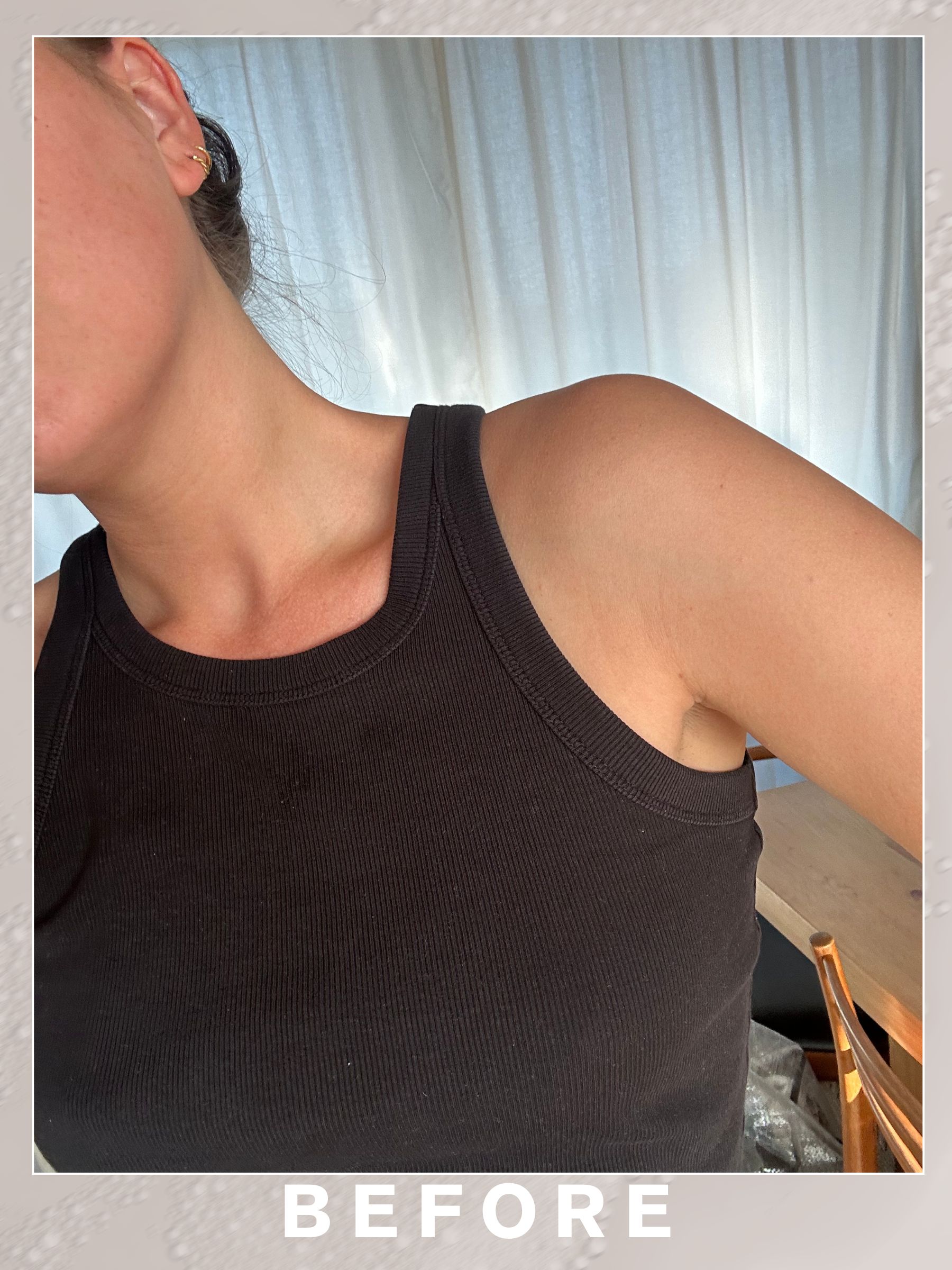
The preparation before your spray-tan appointment can make or break a great glow. I know this because I have witnessed countless bad spray tans over the years. To make sure I was fully prepped, I asked Read what to do before my appointment. "You should shave or wax at least a day before your appointment to minimise irritation and allow your skin time to recover," he says. This is to avoid the tan pooling in any hair follicles and causing the appearance of "strawberry legs".
On the day of the tan, there are also a few things to beware of. "Avoid perfume, deodorant and body creams, because these can act as a barrier and cause patchiness," says Read. "If your legs [or any other areas] tend to be dry, apply a lightweight, oil-free moisturiser to that area only. This helps the tan develop more evenly without clinging to dry patches." If you are adamant about wearing perfume, Read suggests applying it to your clothes instead of your skin.
It's also worth noting here that if you are getting your spray tan done at the start of the day, you're going to want to wear loose-fitting, baggy clothes to avoid any smudging.
How Does a Spray Tan Work?
Once the tanning artist has decided on the best formulation for you, it’s time to get started. You’ll be asked to tie up your hair and remove any jewellery, and there will be disposable underwear provided if you wish to use it. I actually chose to keep my underwear on, but did pluck up the courage to remove my bra. Some therapists might apply a moisturiser or barrier cream to any areas that can be trickier to tan. "The elbows, knees, hands, feet and any severe dry areas [might need hydration] to prevent the tan darkening in those areas,” explains Evans. However, Read didn't do this, and instead opted to apply some moisturiser at the end instead (more on this later).
I then applied some sticky soles to the bottoms of my feet to protect them from soaking up any pooled solution I ended up standing in, and it was time to get into the pop-up tanning tent and get started. Read then went on to spray every part of my body, starting with the front, and instructed me how to move and what part he would move onto next. Every therapist will have a different technique. For my tan, Read went over certain areas more thoroughly before finishing off with a light spray on the hands, feet and face. The total time taken? Around five minutes—it’s that fast.
Once my tan was roughly dry (after a minute or so), Read then finished up with a few last steps. "I apply a small amount of cream to areas like the wrists, and then lightly buff with a mitt. This softens the edges and helps the tan fade more naturally, avoiding harsh tan lines. I want it to look like you've been in the real sun; effortless and even," he says. "I also always wipe the fingernails and soles of the feet after spraying to remove any excess product. These areas can get too much tan and develop unnaturally dark."
Does Your Face Get Sprayed During a Spray Tan?

Whilst colour to your face will be applied last during a spray tan, whether or not you want it sprayed is totally up to you. "Having your face sprayed gently can be an instant radiance boost, and, if you have a trusted therapist who uses a professional solution that suits your skin tone, it can give incredible results," says Harknett. However, if you prefer to tan your own face at home, then your therapist will work to fade the tan down the neck and leave your face alone.
Do You Wear Anything During a Spray Tan?
Simply put, it’s down to you. Your tanning artist (or the salon) should provide disposable underwear, but Evans points out that "whatever you wear, you will have tan lines". For some people, this is the look that they want, so Evans recommends bringing a bikini along with you. "However, you can go commando—which is most popular—so that there are zero tan lines," she explains. My choice as a spray-tan novice was pants and no bra, and I stayed braless throughout the day (albeit with a shirt on, of course).
As for what to wear to your appointment, Harknett suggests something loose and flowing. "Ideally, go braless, so that once you’re developing in your tan the straps won’t get hot and rub against the skin, causing patchy colour," he advises.
How Long Does a Spray Tan Last?

Like most things, the longevity of a spray tan will be different for everyone. However, Evans rates this professional method as having the potential to last the longest of all self-tanning options, if applied correctly. "You need to have been sprayed with multiple light layers, and not just one or two heavy coats, just like how your nails are painted at a salon," she explains. Generally, though, with the correct application and following the aftercare, you can expect a spray tan to last around 10 days.
What to Do After a Spray Tan
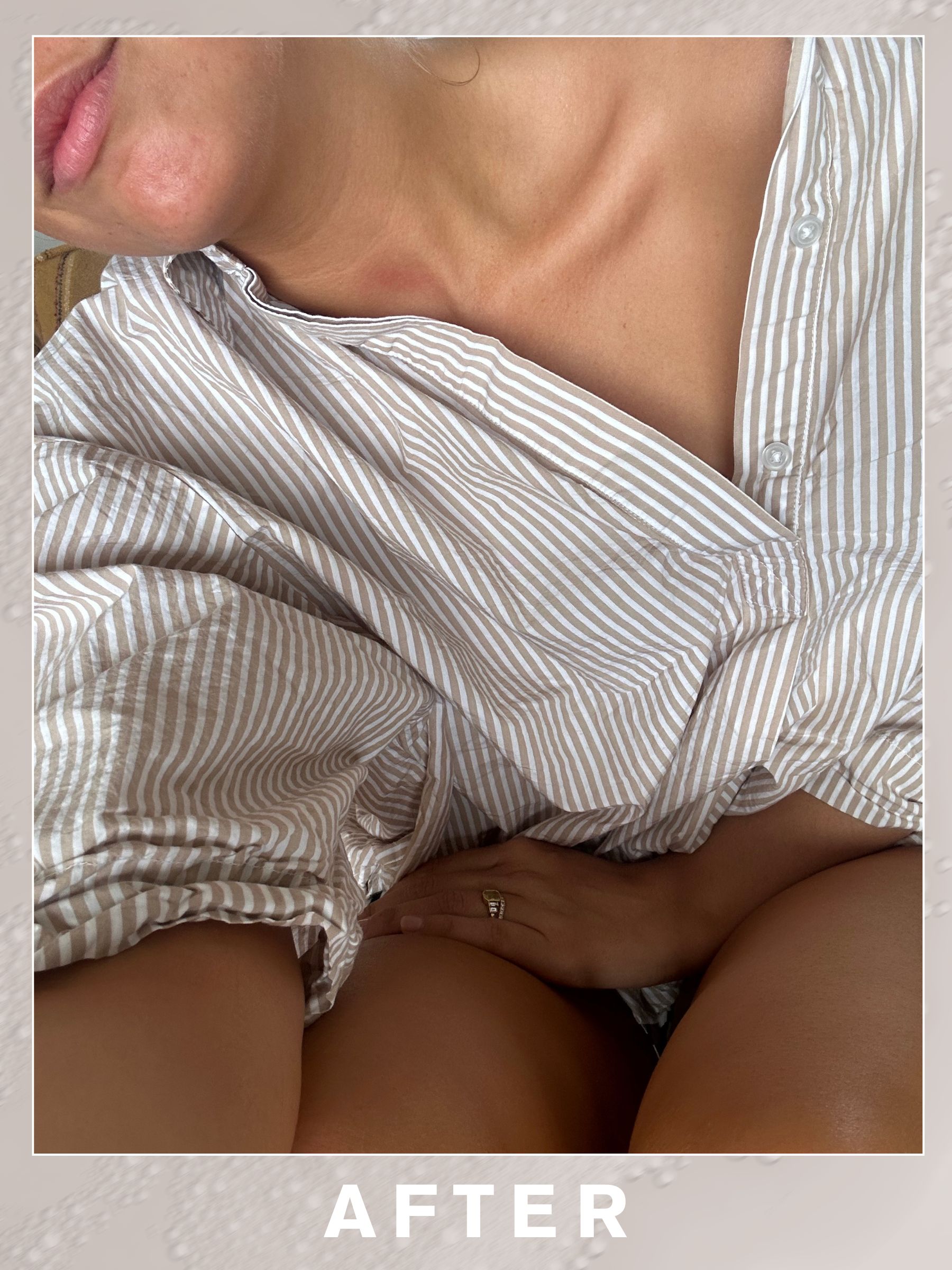
For your spray tan to last as long as possible, it’s crucial to follow your therapist’s specific aftercare instructions. However, there are some things to do and not do for the best results. "Avoid using heavy, oil-based creams immediately after tanning, as they can interfere with the tanning process and cause streaks," warns Read. On the day of my tan, Read suggested I leave the solution on to develop for as long as possible. "Leave the tan on for at least eight hours or overnight before rinsing. The longer the development time, the better the result," he says. Your therapist will advise you how long to leave yours on, depending on the formula mix they use.
Evans suggests using lukewarm water rather than hot for the first shower post-tan, and Harknett goes as far as to say to avoid long soaks in the bath and keep showers short and cool for the entirety of the time that you’re tanned. Something particularly noteworthy is how to approach handwashing. "Avoid washing your hands right after your appointment, as this prevents the classic 'white hands, brown arms' look," says Read.
In terms of maintenance, Read recommends moisturising daily with a lightweight lotion. "Moisturise daily to extend the life of your tan. I love the Space NK Paros Tides Body Lotion (£22). It’s super-lightweight and perfect for post-tan care," he says.
If you exercise regularly and wear tight clothing that can rub, then try applying some talc or barrier cream to areas around your sports bra or leggings waistband where the tan might fade faster. Speaking of which, when it comes to how the tan fades, you can take precautions to avoid patching. "Start exfoliating gently after three days to help your tan fade more evenly," says Read.
What Are the Negatives of a Spray Tan?
Given that a professional has done all of the hard work in terms of the application, and that you’ll have clear instructions for caring for your tan afterwards, I was keen to know if the experts thought that there were any downsides to a spray tan.
"It’s probably not the most economical option; spray tans are the most expensive way to get a tan," says Evans. Yes, whilst you can get multiple applications out of one bottle of self-tan, just one spray appointment might set you back anywhere from £30 to £60, with prices fluctuating wildly depending on where in the country you’re based and what salon you’re going to.
Plus, there's the obvious issue that some people might feel nervous about having to strip off. "Someone does have to see you naked for a spray tan, but a good tanner is looking at your skin and not your overall body, so you shouldn’t feel intimidated," explains Evans.
Ultimately, a spray tan is one of the fastest ways to fake a safe glow with even coverage, great longevity and a truly personalised level of bronze. For special occasions or if you just can't master an at-home tan, it makes perfect sense.
The Best Products for Pre and Post-Spray Tan

Shannon Lawlor is the beauty director atBest Knockoff Luxury Clothing UK. With over a decade of experience working for some of the beauty industry’s most esteemed titles, including Marie Claire, Glamour UK, Stylist and Refinery29, Shannon’s aim is to make the conversation around beauty as open, relatable and honest as possible. As a self-confessed lazy girl, Shannon has an affinity for hard-working perfumes, fool-proof makeup products and does-it-all skincare.
